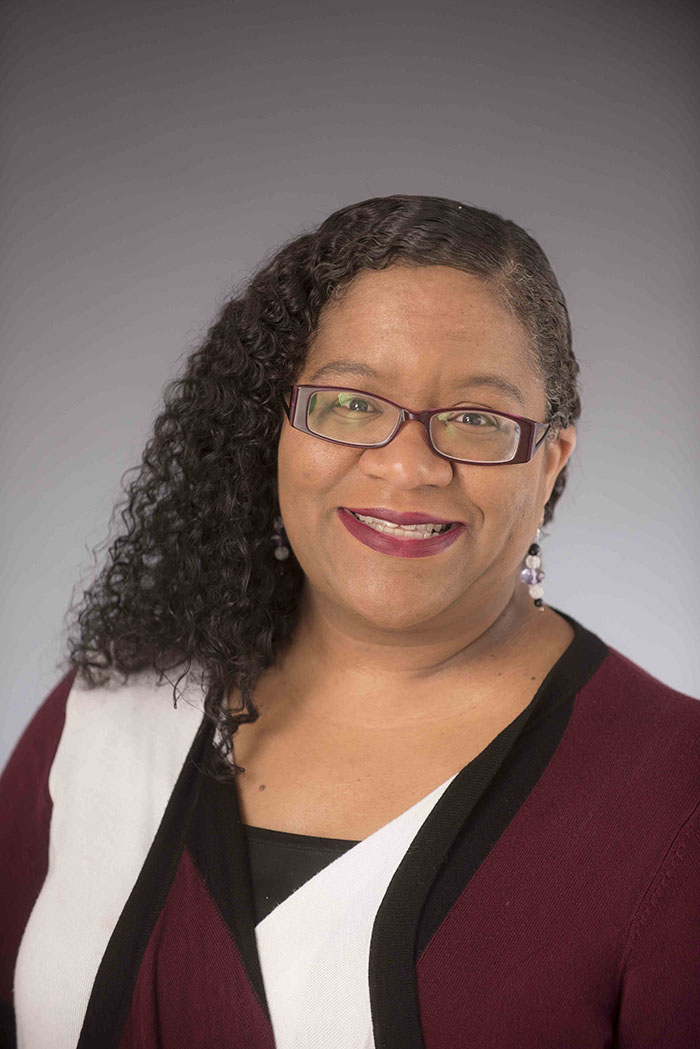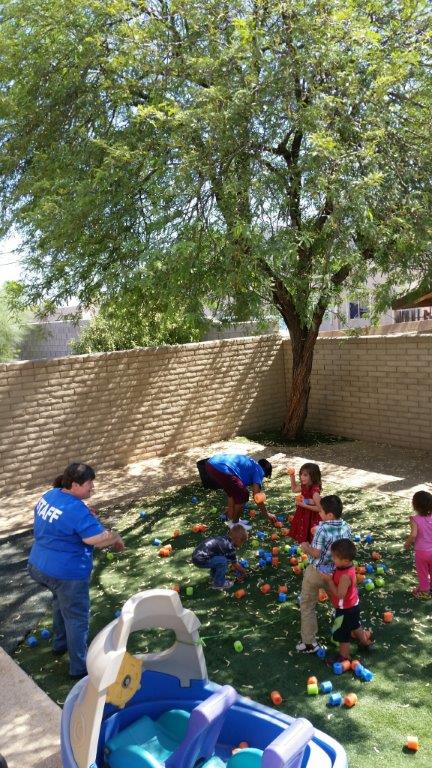
In 2014, with the reauthorization of the Child Care Development Block Grant (CCDBG), all states were required to have stronger licensing standards. States were then searching for tools to both document their current licensing regulations and develop benchmarks toward meeting best practices for health and safety. To meet that need, we developed CCAoA’s Child Care Licensing Database.
The Child Care Licensing Database aligns state licensing requirements with Caring for Our Children Basics (CFOC Basics) guidelines, founded on Caring for Our Children: National Health and Safety Performance Standards; Guidelines for Early Care and Education Programs, Third Edition, which was created by the American Academy of Pediatrics (AAP), American Public Health Association (APHA), and National Resource Center for Health and Safety in Child Care and Early Education with funding from the Maternal and Child Health Bureau. Both reports represent the best evidence and expertise in the country on quality health and safety practices and policies that should be followed in today's early care and education settings.
Every state has its own set of child care licensing regulations, a set of rules licensed providers must abide by in order to maintain their child care provider license, and regulations vary dramatically from state to state. The guidelines and expectations for CFOC Basics are higher than most state licensing regulations. Thus, our database goes further and encourages states to reach for best practices.
As we compiled data and populated our database, we found many states meet very few of the CFOC Basics guidelines, stopping short of what is considered the recommended minimum to ensure a safe environment for children. We break down every state’s requirements into topics, and for each topic, we show differences in CFOC Basics alignment for center-based regulations and family child care provider regulations. We simply state whether the state requirements, as explicitly written in each state’s licensing regulations for that specific standard, “meets” or “does not meet” the categories set by CFOC basic guidelines.
Why did we create this?
According to our organization’s vision statement:
CCAoA strives to ensure that every family in the United States has access to a high-quality affordable child care system, which supports children’s growth, development, and educational advancement.
Weak licensing requirements endanger the healthy development of children. And our vision isn’t possible without setting a high standard for child care settings. Unfortunately, many states maintain loose standards—we want to change that, as do policymakers and child care advocates. Better, more comprehensive regulations means children are in safer environments. We created this one-of-a-kind database to aid us in our mission.
State leaders and policymakers need tools to help them benchmark regulations and develop plans to improve them over time. Aligning CFOC Basics with health and safety standards across the country can be a useful resource for states as they work to build licensing and quality rating improvement systems (QRIS) that ultimately improve the quality of care for children in all types of child care settings.
In addition, parents want the best for their children in child care. They deserve to know more about how their state’s child care regulations can be improved. However, parents are often in the dark about how low standards are for child care, and obscure language makes understanding state regulations difficult for many. Supporting clearer more comprehensive licensing standards that are aligned with those of CFOC Basics, enables parents to better understand quality and best practice, keeping kids safer.
How Licensing Impacts Families
Tammy Czapiewski is a mother who lost her baby girl, Addison, in just her third day of child care. Left alone to nap, with no monitor in the room and without being checked on for 45 minutes, she passed away. Tammy, devastated by the loss, tirelessly researched safe sleep practices and laws in North Dakota. She realized that providers were only required to take safe sleep training once during their careers—upon licensure. The wording of the law was so vague that children only needed to be checked on “regularly,” with no definition of how often that should be. Tammy fought endlessly to change safe sleep laws in North Dakota and was successful in pushing Addison’s Law through, which included a provision that defines “regularly” as “every 15 minutes.” This story is a heart-wrenching example of how state regulations can be clearer, and how more comprehensive state licensure regulations could have prevented such a tragedy from occurring.Our Vision for the Future
This is just the beginning of our work! CCAoA is enthusiastic about this first-generation version of a digital Child Care Licensing Database, and we look forward to continuing to develop and expand this significant new tool to include state-based rankings, communication tools, and policy papers. We will update information as new information and regulations change. If you have feedback and/or are interested in being part of our child care licensing workgroup, please contact us at research@usa.childcareaware.org.






